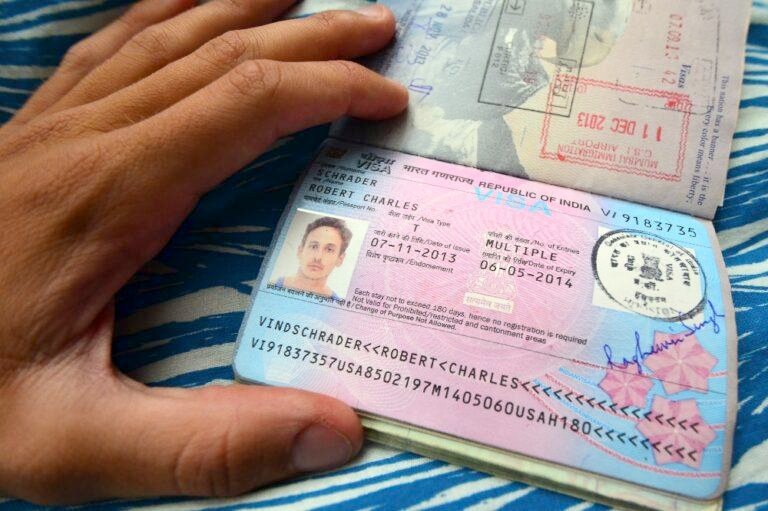Tourism is a dynamic and ever-evolving industry that is susceptible to a myriad of challenges and crises. From natural disasters to political unrest and pandemics, the tourism sector often finds itself navigating through turbulent times. In such circumstances, the art of crisis management becomes paramount to ensure the industry’s resilience and survival.
Introduction to Crisis Management in Tourism
Crisis management in tourism refers to the strategic planning, coordination, and response actions undertaken by destinations, businesses, and authorities to effectively address and mitigate the impact of unforeseen events. The ability to manage crises efficiently not only minimizes the negative repercussions on tourism but also safeguards the reputation and viability of destinations.
Understanding Tourism Crises
Tourism crises can manifest in various forms, including natural disasters such as hurricanes, earthquakes, or tsunamis, as well as human-induced crises like terrorist attacks, health pandemics, or political instability. These crises pose significant challenges to the tourism industry, disrupting travel plans, damaging infrastructure, and impacting the overall visitor experience. Factors such as climate change, socio-political tensions, and global health risks contribute to the vulnerability of tourism to crises.
Key Components of Effective Crisis Management
Effective crisis management in tourism encompasses several key components. Firstly, rigorous risk assessment and mitigation strategies are essential to identify potential threats and vulnerabilities proactively. This involves evaluating various scenarios, developing contingency plans, and implementing preventive measures to minimize risks.
Communication plays a pivotal role in crisis management, enabling destinations and tourism stakeholders to disseminate timely and accurate information to visitors, residents, and relevant authorities. Transparent communication builds trust, reduces uncertainty, and facilitates coordinated responses during crises. Leveraging digital platforms and social media channels enhances the reach and effectiveness of communication efforts, enabling real-time updates and engagement with affected parties.
Collaboration and coordination among stakeholders are critical for successful crisis management in tourism. Establishing partnerships between governments, tourism boards, industry associations, businesses, and local communities fosters a cohesive approach to crisis response and recovery. By sharing resources, expertise, and best practices, stakeholders can effectively pool their efforts to address emerging challenges and mitigate the impact of crises on the tourism sector.
Case Studies of Successful Crisis Management in Tourism
Numerous destinations have demonstrated resilience and adaptability in the face of crises, showcasing effective crisis management strategies. For instance, following the 2010 volcanic eruption in Iceland, which disrupted air travel across Europe, Icelandic authorities implemented proactive measures to ensure the safety of visitors and maintain tourism operations. Similarly, New Zealand’s swift response to the Christchurch earthquake in 2011 exemplifies effective crisis communication and recovery efforts, restoring confidence in the destination’s tourism sector.
Importance of Communication in Crisis Management
Effective communication is a cornerstone of crisis management in tourism, enabling destinations to convey critical information, address concerns, and maintain transparency with stakeholders. During crises, clear and consistent messaging helps mitigate panic, alleviate misinformation, and guide decision-making processes. Digital platforms such as websites, social media, and mobile applications provide valuable channels for disseminating updates, safety advisories, and support services to travelers and local communities alike.
Preparing for Future Crises in Tourism
As the tourism industry continues to evolve and face new challenges, proactive preparedness is essential for mitigating the impact of future crises. By analyzing past experiences and lessons learned, destinations can identify areas for improvement and strengthen their resilience to potential threats. Implementing robust crisis management plans, investing in training and capacity building, and fostering a culture of innovation and adaptability are key strategies for preparing for future crises in tourism.
Conclusion
In conclusion, the art of crisis management in tourism is a multifaceted endeavor that requires proactive planning, effective communication, and collaboration among stakeholders. By prioritizing risk assessment, communication strategies, and continuous improvement, destinations can enhance their resilience and mitigate the impact of crises on the tourism sector. As the global landscape continues to evolve, investing in crisis preparedness and response capabilities is paramount to ensuring the long-term sustainability and success of the tourism industry.







